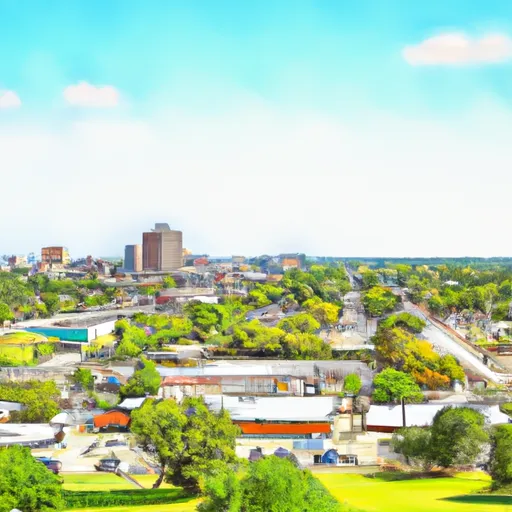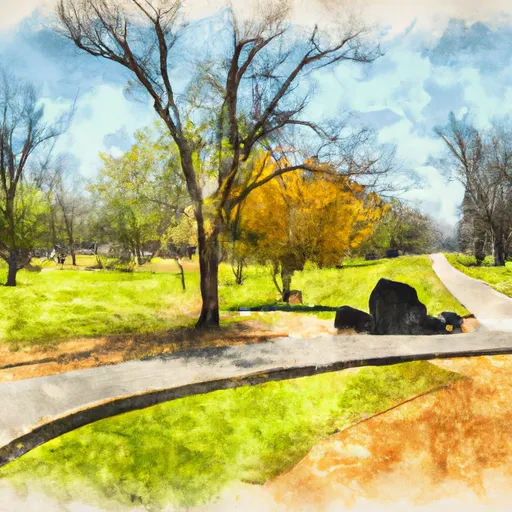°F
°F
mph
Windspeed
%
Humidity











Sulphur Springs, Texas, is a charming city located in Hopkins County. The city experiences a humid subtropical climate, characterized by hot summers and mild winters. Average temperatures range from the mid-90s°F (35°C) during summer to the mid-50s°F (12°C) in winter. Precipitation is spread throughout the year, with slightly higher rainfall in the spring and fall.
When it comes to hydrology constituents, Sulphur Springs is named after the mineral springs found in the area. These springs contain high levels of sulfur, which is believed to have therapeutic properties. The city is also home to Lake Sulphur Springs, a reservoir that provides recreational opportunities such as fishing, boating, and swimming.
Outdoor enthusiasts will find plenty of activities in Sulphur Springs. The city boasts beautiful parks and green spaces, including Buford Park, which offers walking trails, picnic areas, and a wildlife sanctuary. Visitors can also enjoy golfing at Sulphur Springs Country Club or exploring Cooper Lake State Park, located just a short drive away, offering camping, hiking, and water sports.
Overall, Sulphur Springs offers a pleasant climate, unique hydrology features, and various outdoor recreation opportunities for residents and visitors alike.
Weather Forecast
Sulphur-Springs receives approximately 1154mm of rain per year, with humidity levels near 78% and air temperatures averaging around 18°C. Sulphur-Springs has a plant hardyness factor of 8, meaning plants and agriculture in this region tend to thrive here all year round.
Regional Streamflow Levels
0
Cubic Feet Per Second
1,910
Cubic Feet Per Second
3,370
Cubic Feet Per Second
4,790
Cubic Feet Per Second
Nearby Camping
| Camping Area | Reservations | Toilets | Showers |
|---|---|---|---|
| Kiamichi Park - Hugo Lake | |||
| Pat Mayse West - Pat Mayse Lake | |||
| Lake Holbrook Park - West | |||
| Lake Holbrook Park - South | |||
| Pat Mayse East - Pat Mayse Lake | |||
| Sanders Cove - Pat Mayse Lake |



